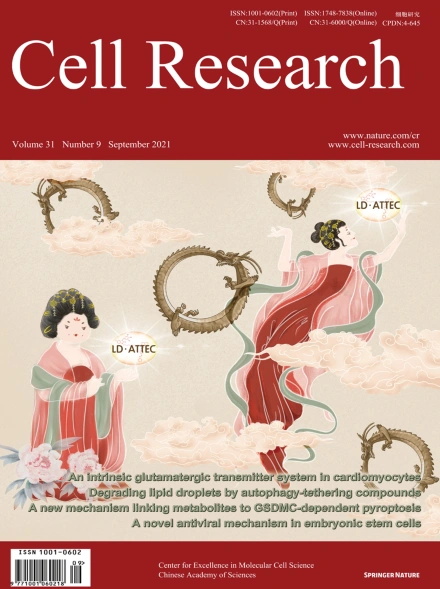
Advanced Search
Submit Manuscript
Advanced Search
Submit Manuscript
Volume 31, No 9, Sep 2021
ISSN: 1001-0602
EISSN: 1748-7838 2018
impact factor 17.848*
(Clarivate Analytics, 2019)
Volume 31 Issue 9, September 2021: 1032-1035
A single mutation underlying phenotypic convergence for hypoxia adaptation on the Qinghai-Tibetan Plateau
Dongming Xu1 , Cuiping Yang2 , Qiushuo Shen2 , Shengkai Pan3 , Zhen Liu1,4 , Tongzuo Zhang5,6 , Xin Zhou1 , Menglong Lei1 , Peng Chen1,7 , Hui Yang1 , Tao Zhang1,7 , Yuanting Guo1,7 , Xiangjiang Zhan3,4,* , Yongbin Chen2,4,* , Peng Shi1,4,8,*
1State Key Laboratory of Genetic Resources and Evolution, Kunming Institute of Zoology, Chinese Academy of Sciences, Kunming, Yunnan, ChinaDear Editor,
The Qinghai-Tibet Plateau (QTP) is the highest and largest plateau in the world; its altitude exceeds 4500 m on average, posing great physiological challenges such as severe hypoxia for endemic wild mammals on the plateau.1 To cope with such a harsh environment, the phylogenetically distant QTP endemic mammals have independently evolved similar morphological and physiological traits. For example, compared with the lowland mammals, the QTP mammals have a larger ratio of heart mass to body mass (HM/BM)2,3 and prominently lower pulmonary artery pressure (PAP),1,4 leading to a high efficiency of oxygen transport under chronically hypoxic environment. Although species-specific genetic adaptations have been described in several QTP endemic mammals,5,6 little is known about the extent to which common molecular bases contribute to the evolution of the convergent traits across phylogenetically distant mammalian lineages on the QTP.
https://doi.org/10.1038/s41422-021-00517-6